The walkers, cyclists and assorted day-tripping visitors of the Peak District should have no trouble hearing us coming.
It's an early July day in the middle of the working week (and, yes, this does count as work, although I never cease to be amazed about that), so I'm not too sorry to interrupt their peace.
I am, after all, only making the most of the opportunity while I can. Soon enough, the tourists will have nothing to detract from their leisure but electric motor whine and cattle flatulence (watch out, Daisy: you're next).
In front of us is a slightly mixed trio of cars that you might not have expected to appear together in the same group test. But since they've been chosen by fate and happenstance, not by me, they are what they are. Specifically, they are the last three front-engined, rear-wheel-drive, V8-powered sports cars left on sale in the UK.
From the late 1950s right the way through to the rise of the affordable mid-engined sports car in the 1990s, this was how it was done.
Plonk a powerful V8 engine longways in the front of your lightweight chassis, sending its drive to the axle at the back, and then work on the finer engineering details later.
It was a proven successful recipe that produced sports cars as different as the AC Cobra, Chevrolet Corvette, TVR Griffith, Porsche 928, Jaguar XK and Aston Martin Vantage V8, along with a great many more that you might loosely have described as affordable in their day.
Today's varied band, among them a sporty luxury GT, an ageing British sports car and a much-celebrated legend of American muscle, is what remains to represent one of the most popular mechanical layouts that the sports car market has ever known.
A Ford Mustang GT can still be snaffled up for less than £50,000. The Lexus LC500 has just been taken off sale in the UK, although if you're content with a base model, you might just secure one used for a whisker under £100,000.
And the Jaguar F-Type, also now retired, previously split the difference on price between the other two, and just about meets our qualification criteria in as much as the mid-range P450 version has only one driven axle.
So which of these three is the best tribute to a classic mechanical recipe? Which should you seize, if you're so inclined, and treasure for as long as the world will allow? And which will we miss the most?
Engines
A V8 engine in the front of a useable, affordable, powerful sports car just makes good sense when you think about it. Yes, they burn hydrocarbons - quite a lot of hydrocarbons, obviously, and must therefore be wiped from the face of the planet as quickly as possible, according to good old public opinion.

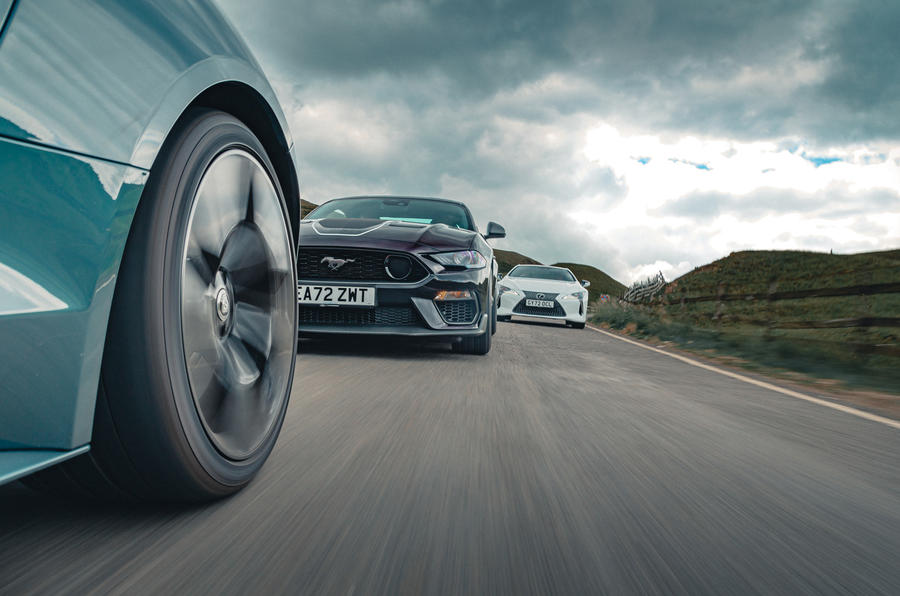

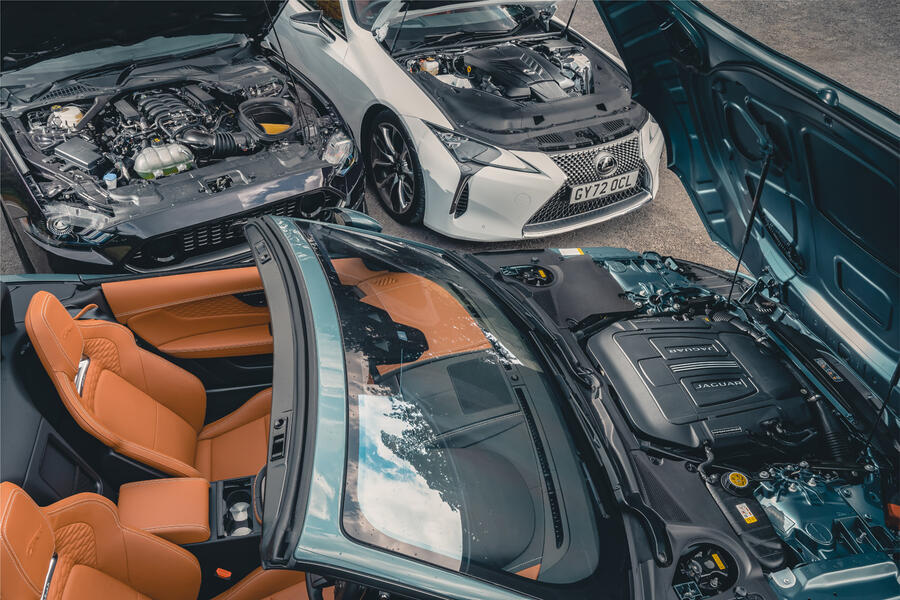
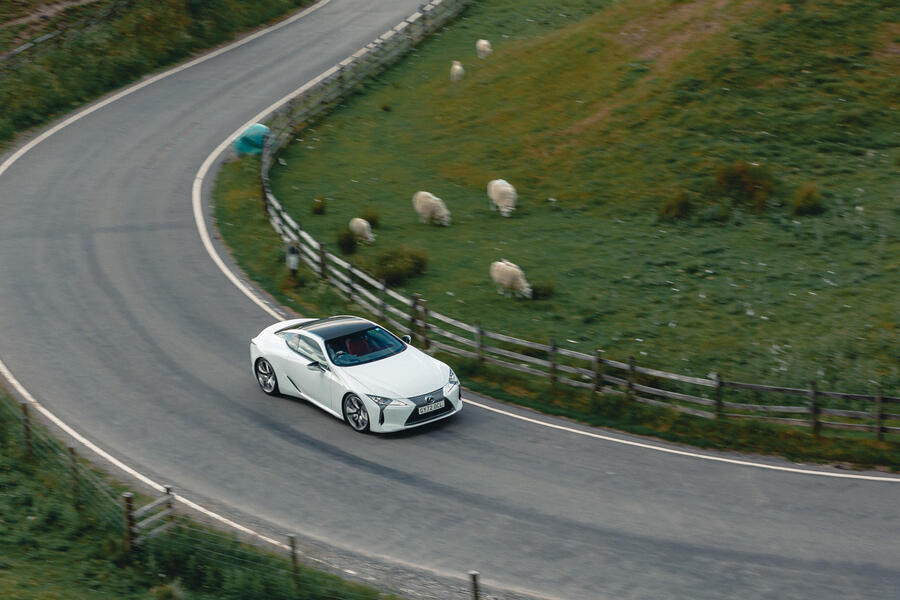
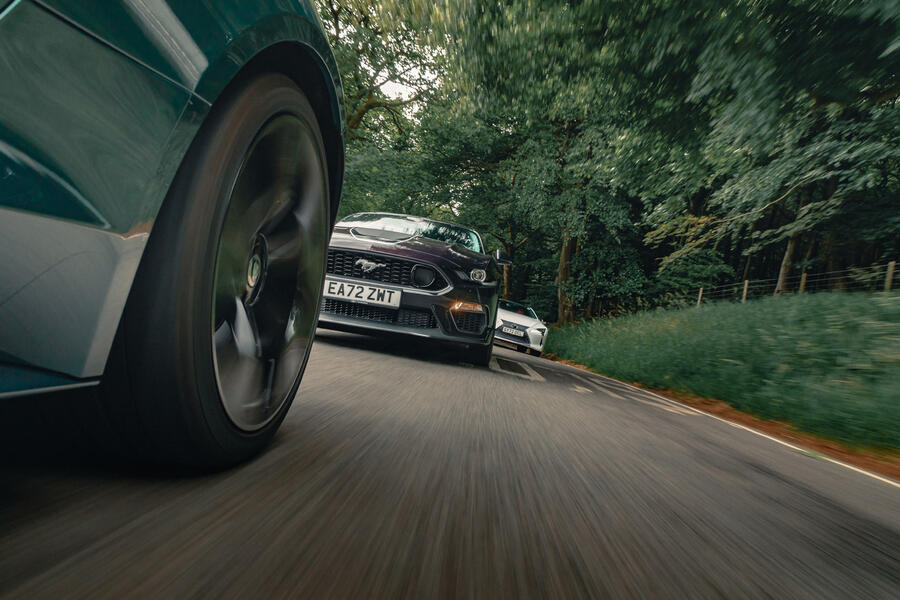
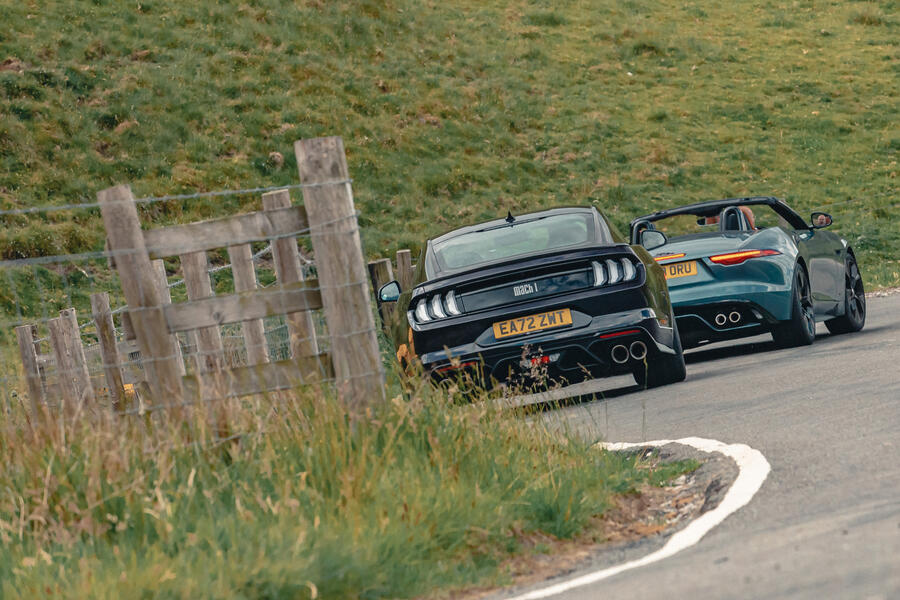
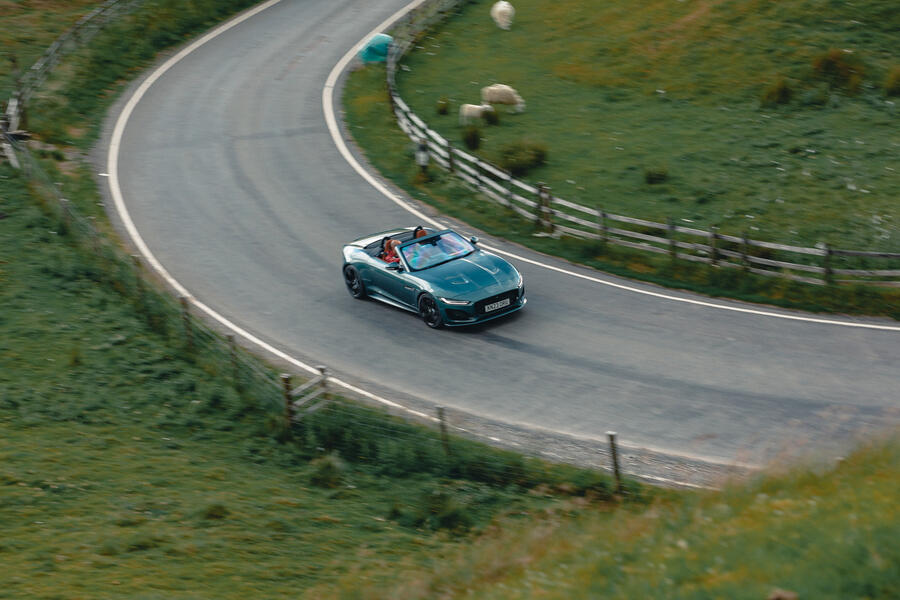
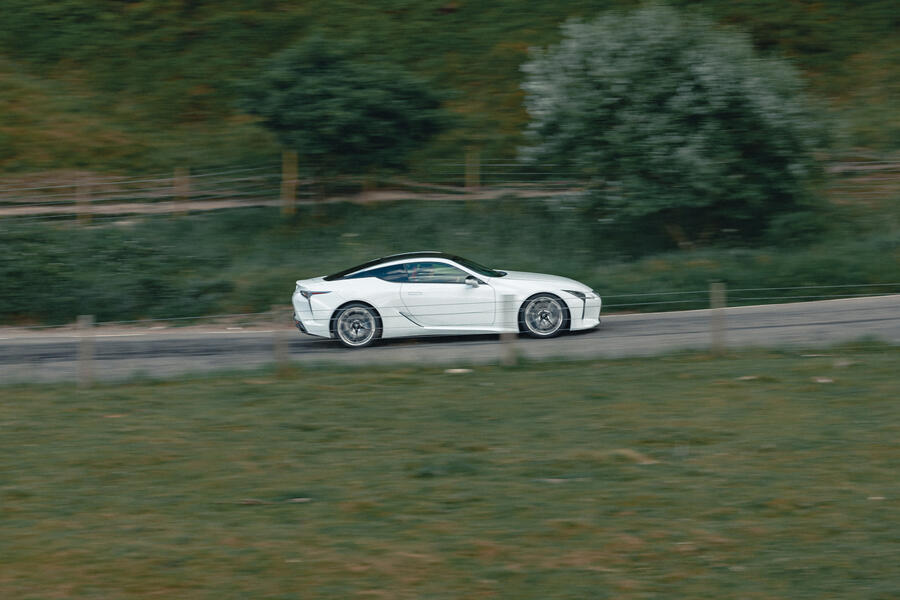
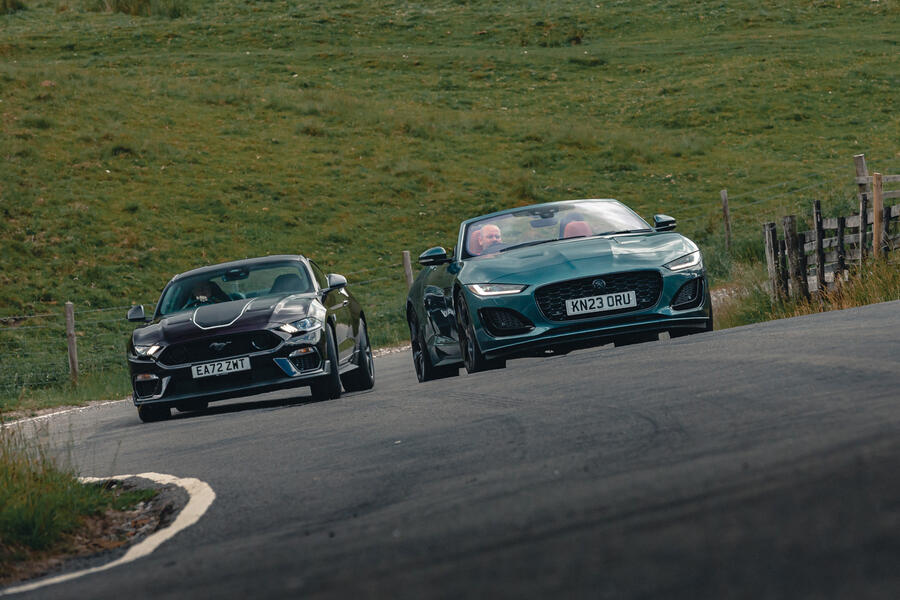






Join the debate
Add your comment
Not quite following the logic of the final verdict! So the lexus is 'intoxicating to drive' but it is 'not as dynamically capable as rivals'?
Either the Lexus can't be that intoxicating to drive, or the rivals must be more special to drive, surely!
£100K Toyota? No thanks....
Adding high-end luxury to the best engineered cars in the world was never going to be cheap.